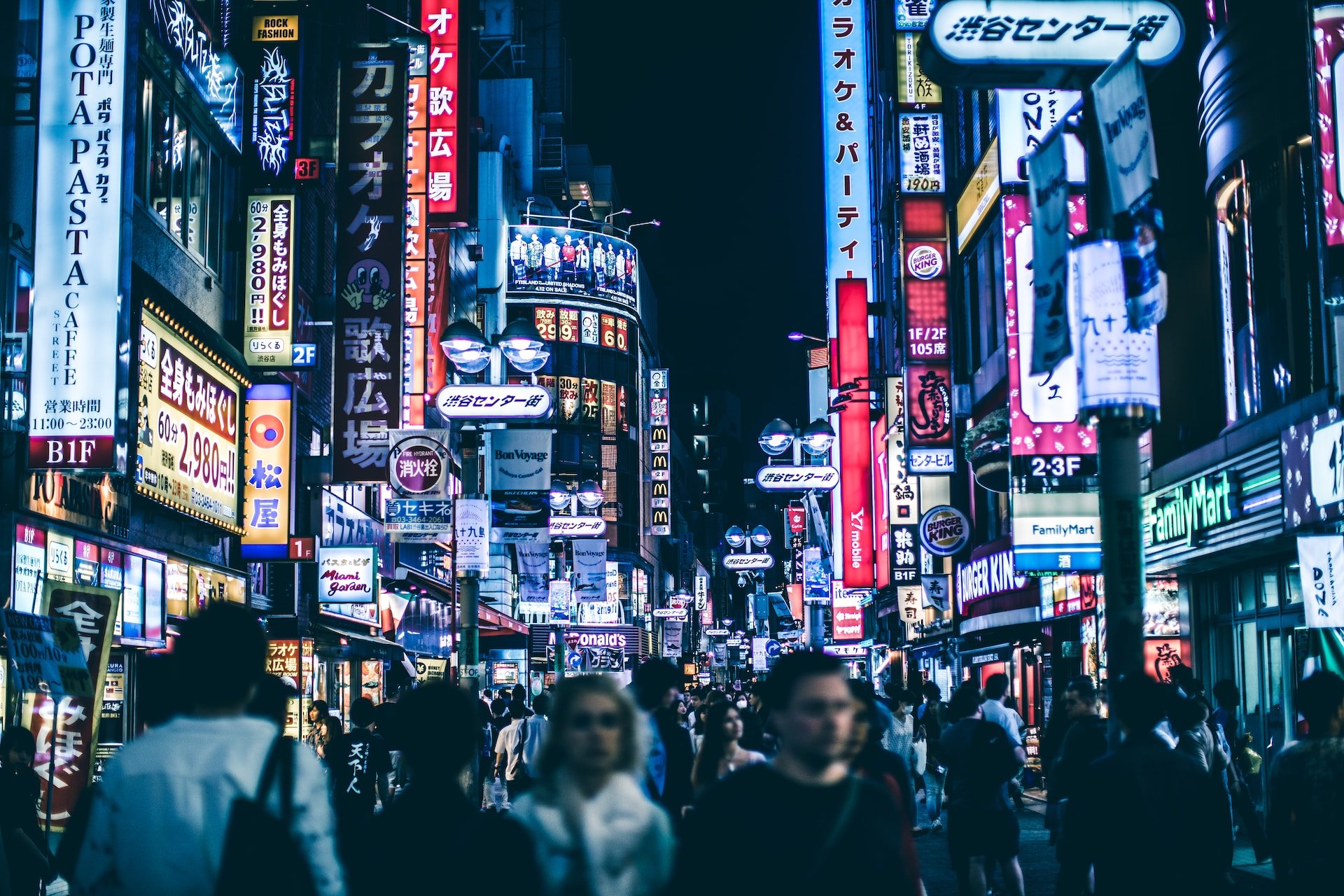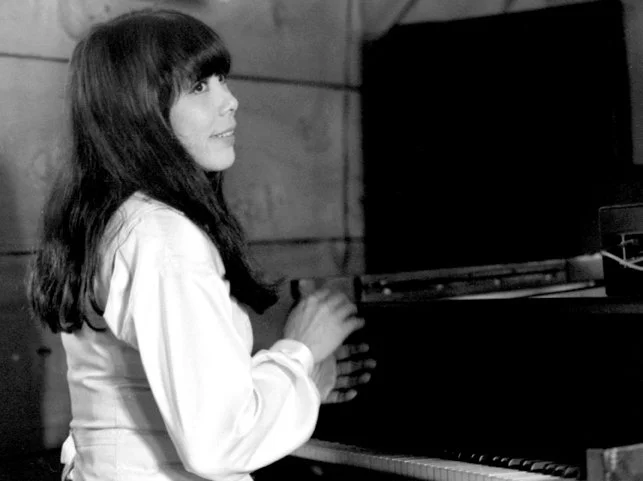Japanese Jazz: A delicate blend of tradition and modernity
Photo: Andre Benz via Unsplash.
You may wonder how jazz arrived in Japan in the first place, right? Well, there were mainly two ways. “In the 1910s, there was a growth in luxury liners going across the Pacific”, professor E. Taylor Atkins recalls on NPR, “Americans and Japanese going across from the West Coast and Japan, and Shanghai and Manila. And they usually had orchestras on them and when they arrived in places like San Francisco or Seattle, a lot of the time those musicians would get off and go to music stores and buy sheet music”.
The second way was due to Filipino musicians who played in hotel and ocean-liner orchestras, in Kobe, Osaka and Shanghai. “Because the Philippines were an American colony, supposedly that's the reason they became so adept at it. Some of the Japanese musicians say the first time they ever heard anybody "faking" or ad-libbing, it was Filipinos”, says professor Atkins.
“Some Japanese musicians say the first time they ever heard anybody "faking" or ad-libbing, it was Filipinos”
”Although Tokyo was often associated as the primary hub of Japanese culture, a catastrophic earthquake in 1923 forced the city to focus on reconstruction. As a result, Kobe and Osaka became the notable entertainment districts that allowed for the growth of jazz”, explains Andrew W. Lee in an essay. At the time, Osaka had twenty dance halls by 1924 that gave Japanese musicians the opportunity to play jazz in a professional setting.
However, Japan's fear of American cultural appropriation increased as jazz became more and more popular and that combined with “Japan's excessive nationalism at the time”, made jazz vehemently suppressed, limiting its growth during the 1930s and 1940s, explains Lee. Everything would changed back after World War II, the occupation years and time period shortly after, a time that was key for jazz to peak in the country.
“During the 1950s and 1960s, jazz was a symbol of the country's economic recovery and cultural revival.”
During the 1950s and 1960s, jazz was a symbol of the country's economic recovery and cultural revival. Jazz became a way for young people to rebel against the conservative traditions of their parents' generation and to embrace new, modern ideas. However, “the cultural touch of Japan on its jazz music is much more unclear and relatively unexplored. Although many critics are only able to speculate what jazz means to the Japanese, they nearly always refute the notion of jazz representing freedom as it does in the United States”, according to professor E. Taylor Atkins.
Toshiko Akiyoshi in 1978 · Photo: Brian McMillen vía Wikipedia under CC License.
One of the most significant figures in the history of Japanese jazz is the pianist and composer Toshiko Akiyoshi. Akiyoshi is known for her innovative arrangements and compositions, which blend elements of traditional Japanese music with modern jazz. Her work has been recognized with numerous awards, including 14 Grammy nominations and a National Endowment for the Arts Jazz Masters Fellowship in 2007.
Other notable Japanese jazz musicians include trumpeter Terumasa Hino, saxophonist Sadao Watanabe, and pianist Yosuke Yamashita and pianist Hiromi Uehara, who has been described as a "keyboard virtuoso" by AllMusic.
Here on Oh! Jazz we have no shortage of outstanding performances by Japanese artists for you to dive in to the distinctive, virtuous and most perfect sounds of this beautiful island and this Jazz Appreciation Month seems like the perfect time for exploring.
Live from the iconic BODY&SOUL in Tokyo, you can experience first-row Geila Zilkha and her Super Soul Jazz, the virtuous pianist Taikou Kikuchi with a Trio feat. SAWA; Hiro Honshuku & Yuka Kido, a couple of flutes interpreting Brazilian standards, the Brillant Trio, an all-female collaboration of japanese artists Naoko Tanaka, Kuriko Tsugawa and Reina Toshimitsu that definitely honours its name, Kiyoshi Kitagawa from NY & Mayuko Katakura Super Duo, Mie Joke, Toku, Kengo Nakamura… and much more.



